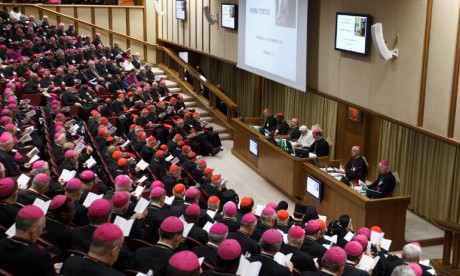ROME – True old-timers in the Vatican press corps still love to reminisce about how much fun it was covering the Second Vatican Council, a gathering of the world’s Catholic bishops from 1962 to 1965 that launched the Church on a course of modernisation and reform.
It was a gripping story, filled with colorful characters.
There were the great lions of the reform camp, such as Cardinal Leo Suenens of Belgium and Giacomo Lercaro of Italy, facing off against the old guard, personified by Italian Cardinal Alfredo Ottaviani, whose episcopal motto Semper Idem, “Always the Same,” was an entire ideological program in miniature.
Underneath the drama was the sense that something momentous was happening — a Church that had seemed frozen in place was suddenly on the move.
Whether it was doing so in a wise or haphazard fashion is a matter of debate to this day, but no one denied that the plates were shifting.
Over the past two weeks, that kind of drama has been back on the Vatican beat.
Synods of Bishops under John Paul and Benedict tended to be fairly cut-and-dried affairs.
There were always interesting points made along the way, and while intriguing fault lines opened up and fascinating insights were voiced from different corners of the Catholic world, there was rarely much suspense about the final result.
That certainly cannot be said about the Synod of Bishops on the family in October 2014.
On Monday, the world was stunned when Cardinal Péter Erdő of Hungary, who’s serving as the synod’s general reporter, delivered what’s known as the relatio post disceptationem, the “speech after the debate,” meaning a sort of interim report.
In the past when that speech was set to be delivered, sales of No-Doze in pharmacies around the Vatican would spike notably — but not this time. Continue reading
Sources
- Crux
- Image: The Russian Orthodox Church
Additional reading
News category: Features.




